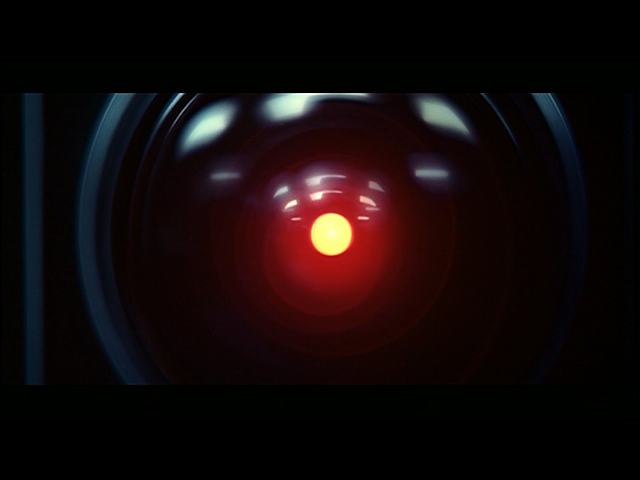Fun fact, the static generated by gamma radiation actually looks a lot like confetti with random pixels and streaks of pixels turning blue, yellow, red, green or a combination in true random fashion. I know this because I used to perform visual inspections on nuclear reactors.
that’s awesome. did you see cherenkov radiation?
Yes, but only from far away. The fuel bundles sort of glow like a blue light saber. Especially the “hot” ones right after we open the head of the reactor. I worked in various BWRs domestically and a few international. I spent many hours staring into the reactor glow from up on the refuel floor waiting for other work activities to finish up so I could do mine. It’s mesmerizing to look at but it gets real burning after like 3 days.
amazing. you mean like the radiation can burn your eyes if you stare too long? I’ve always wanted to see it but I doubt they let random civilians stare at active reactors
The used fuel bundles must remain under at least 6 feet of water or the whole refuel floor would start hearing their radiation badges beeping. The blue light only happens in water. In air you see nothing, I assume. By far away I mean in reactor which is like 60 or so feet underwater when the reactor cavity is flooded.
Your eyes would burn in radiation, but the static only occurs on cameras. I think high intensity particles can cause vision abnormalities, but I think our brain is good at hiding background noise pretty good. Filling in the gaps as it were. Or the mechanism of sight just isn’t as affected as the electronics in camera sensors. Not sure on the physics of that.
Does the amount of static picked up increase over time or does it stay relatively the same?
Scales directly with the amount of radiation present. Because the visual inspection happens in the water the radiation levels change a lot depending on where you are. Water is excellent as a radiation shield. I can’t remember the halving distance (thickness of material needed to halve the radiation levels) but an active fuel bundle only needing 6 feet to drop down to safe levels is an insane drop. Something on the order of 1000 Rad/hr or something coming off the bundles.
Gotcha! I’ve always found it interesting how efficient water is at dispersing/shielding radio waves too. I believe light waves are also considered a type of radiation, but you only need a couple meters to completely block out [most] radio/ir/uv waves. Making wireless communication with things like drones or submarines very difficult.
Ty for the reply! This entire chain has been interesting.
That’s some spicy metal. I believe you’re supposed to lick those.
Forbidden buttplug.
Doubly forbidden because it doesn’t have a lip, so it’ll get stuck. Imagine having to explain to the government why you have an orphaned source shoved up your ass.
This strange metal rod is making my blood feel funny
You sure it’s metal? Looks like a perfectly edible candy baton. Pretty sure it’ll melt your mouth. I mean, in your mouth.
This reminds me of the video Kyle Hill did where he investigated a similar fake nuclear accident post online and it concluded with him searching for pony play.
Yeah the bdsm pony was a weird twist to the whole story
An inanimate cobalt rod!
You’re an inanimate cobalt rod!
Just sleep on it and you’ll figure it out tomorrow. Make sure to put it under your pillow though.
Fun fact: Anything can be a dildo once if you’re brave enough!
Try eating it, it’ll give you superpowers
😱😨… OK, that’s some nightmare fuel there!
Nightmare reactors
That Kellogs is radioactive!










